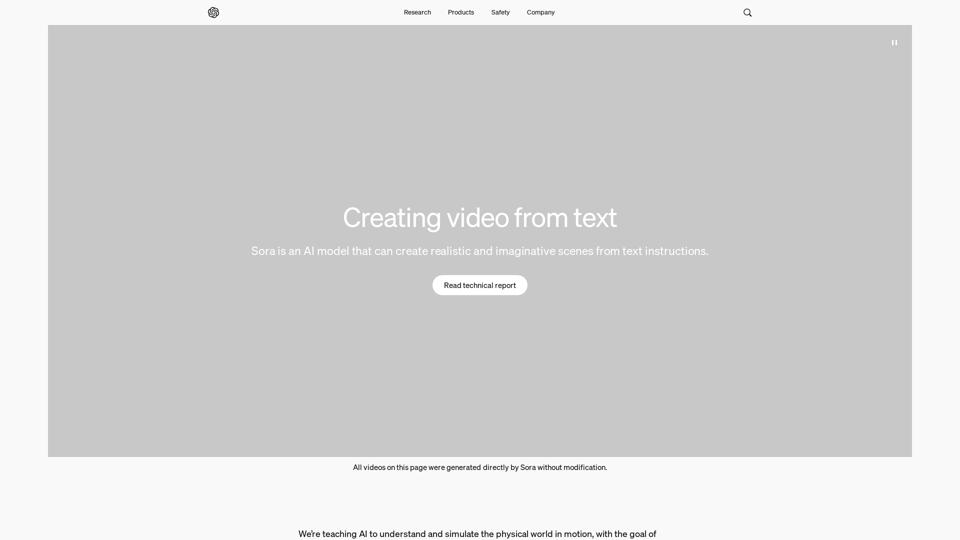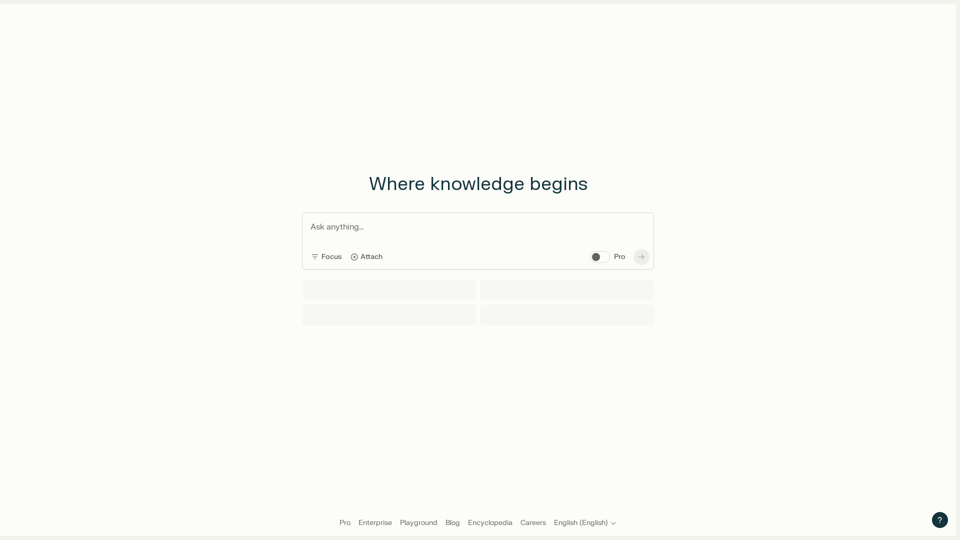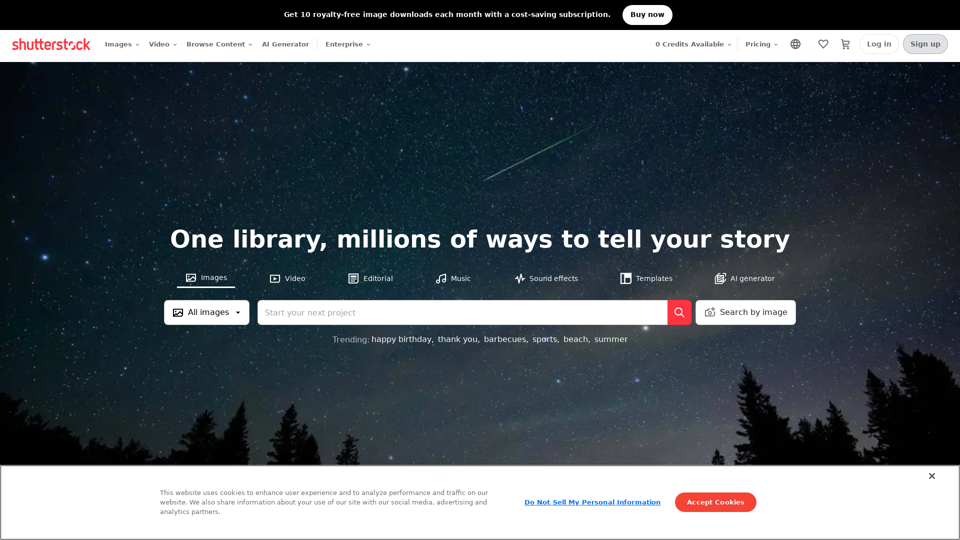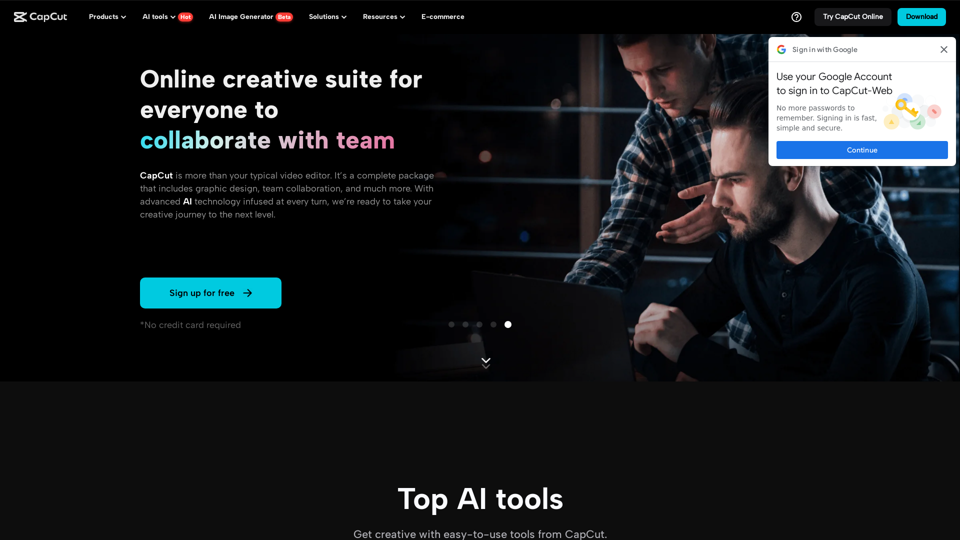ソラの製品特徴
概要
ソラは、OpenAIによって開発されたAIモデルで、テキスト指示からリアルで想像力豊かなシーンを生成することに特化しています。物理的な世界の動きをシミュレートすることを目的としており、ユーザーが実世界の相互作用を必要とする問題を解決するのを助けます。ソラは、ユーザーのプロンプトに従いながら、視覚的な品質を維持しつつ、最大1分間の動画を生成することができます。
主な目的とターゲットユーザーグループ
ソラの主な目的は、レッドチームが危害やリスクの重要な領域を評価するのを支援し、視覚芸術家、デザイナー、映画製作者に創造的なプロジェクトを強化するためのツールを提供することです。ソラは、テキストプロンプトに基づいた高品質な動画生成を必要とするクリエイティブな専門家に最も役立つように設計されています。
機能の詳細と操作
- ソラは、静的ノイズを複数のステップで変換することで動画を生成する拡散モデルです。
- GPTモデルに似たトランスフォーマーアーキテクチャを使用して、優れたスケーリング性能を実現しています。
- 動画と画像はパッチとして表現され、モデルは幅広い視覚データでトレーニングを行うことができます。
- ソラは、テキスト指示からのみ動画を生成し、静止画像をアニメーション化し、既存の動画を拡張することができます。#### ユーザーの利点
- 複数のキャラクター、特定の動作タイプ、正確な詳細を持つ複雑なシーンを作成する能力。
- プロンプトの正確な解釈と生き生きとしたキャラクター表現のための言語の深い理解。
- 単一のビデオ内で視覚的一貫性を保ちながら複数のショットを生成する能力。
- フォアサイト機能により、対象が一時的に視界から外れても一貫性を保つ。
互換性と統合
- ソラは、DALL·EおよびGPTモデルの過去の研究に基づき、忠実なビデオ生成のためのリキャプショニング技術を取り入れています。
- このモデルは、テキストプロンプトに基づくビデオ生成を必要とするさまざまなクリエイティブプロジェクトに統合可能です。
顧客のフィードバックとケーススタディ
- ソラは現在、レッドチームメンバーやビジュアルアーティストにフィードバックとテストのために提供されています。
- OpenAIは、政策立案者、教育者、アーティストと連携し、懸念を理解し、技術のポジティブな使用例を特定しています。
アクセスとアクティベーション方法
- ソラはOpenAIの製品を通じてアクセス可能で、誤解を招くコンテンツを検出するための安全対策が講じられています。
- モデルは、OpenAIの使用ポリシーに準拠することを確保するために厳格なテストと安全チェックを受けています。
- 実世界のフィードバックとテストは、ソラのようなAIシステムの安全性と効果を向上させるために重要です。




